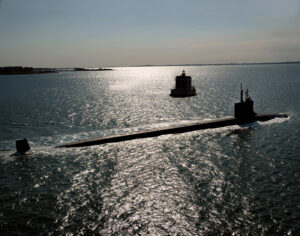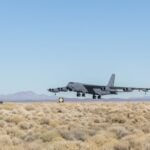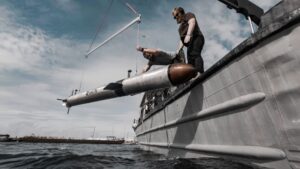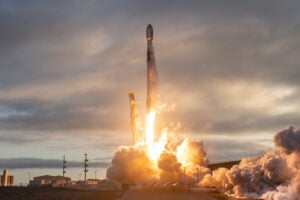
Continuing its strong momentum from the first quarter, General Dynamics [GD] on Wednesday reported handsome second quarter results driven by the company’s shipbuilding and Aerospace segments. Net income increased 12 percent to $1 billion, $3.74 earnings per share (EPS), from $905 million ($3.26 EPS) a year ago, beating consensus estimates by 19 cents per share. Sales rose 9 percent to $13 billion from $12 billion. Marine Systems posted impressive sales and operating earnings, up 22 percent to $4.2 billion and…

 By
By 











